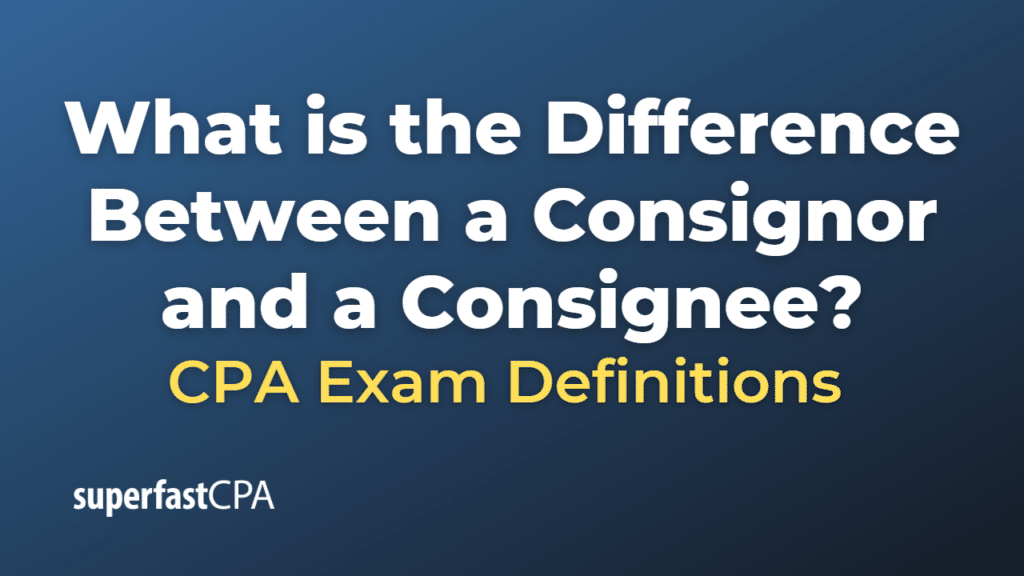Difference Between a Consignor and a Consignee
In terms of logistics and supply chain management, the terms consignor and consignee refer to the sender and receiver of goods or shipments, respectively:
- Consignor: The consignor, also known as the shipper, is the person or entity that originates the shipment of goods. In other words, it’s the original owner or sender of the goods. The consignor sends goods to the consignee but retains ownership of the goods until they are sold or transferred to the consignee.
- Consignee: The consignee is the person or entity that receives the shipment of goods. They are the intended final recipients of the shipment. In a consignment agreement, the consignee agrees to take possession of goods from the consignor, store them, and sell or otherwise dispose of them according to the consignor’s instructions.
In summary, in a consignment, the consignor sends the goods, and the consignee receives the goods. The goods are typically sold on behalf of the consignor by the consignee.
Example of the Difference Between a Consignor and a Consignee
Let’s say we have an artist named Emily, who creates beautiful handmade ceramics and wants to sell them in various boutique shops. One such shop is “Craft House,” located in another city.
Consignor (Emily):
Emily, as the artist and owner of the ceramics, is the consignor. She decides to send a selection of her ceramic pieces to Craft House to be displayed and sold. Emily retains ownership of the ceramics until they are sold.
Consignee (Craft House):
Craft House, as the boutique shop that receives the ceramics from Emily, is the consignee. They accept the ceramics, display them in their shop, and sell them to customers. Once a piece is sold, Craft House would usually take a commission from the sale price and then give the rest of the sale price to Emily.
In this scenario, Emily is the consignor, and Craft House is the consignee. If one of Emily’s ceramics sells, the transaction would occur between Craft House (the consignee) and the customer. Once the sale is complete, Craft House would then provide Emily (the consignor) with her share of the sale.













